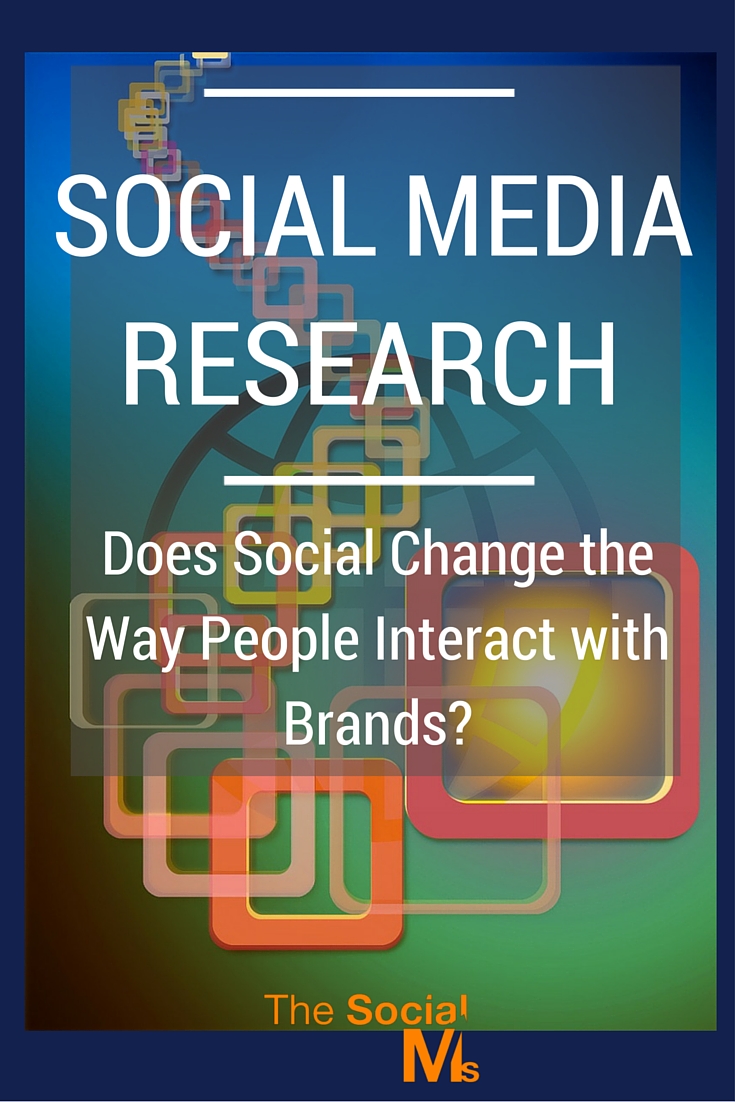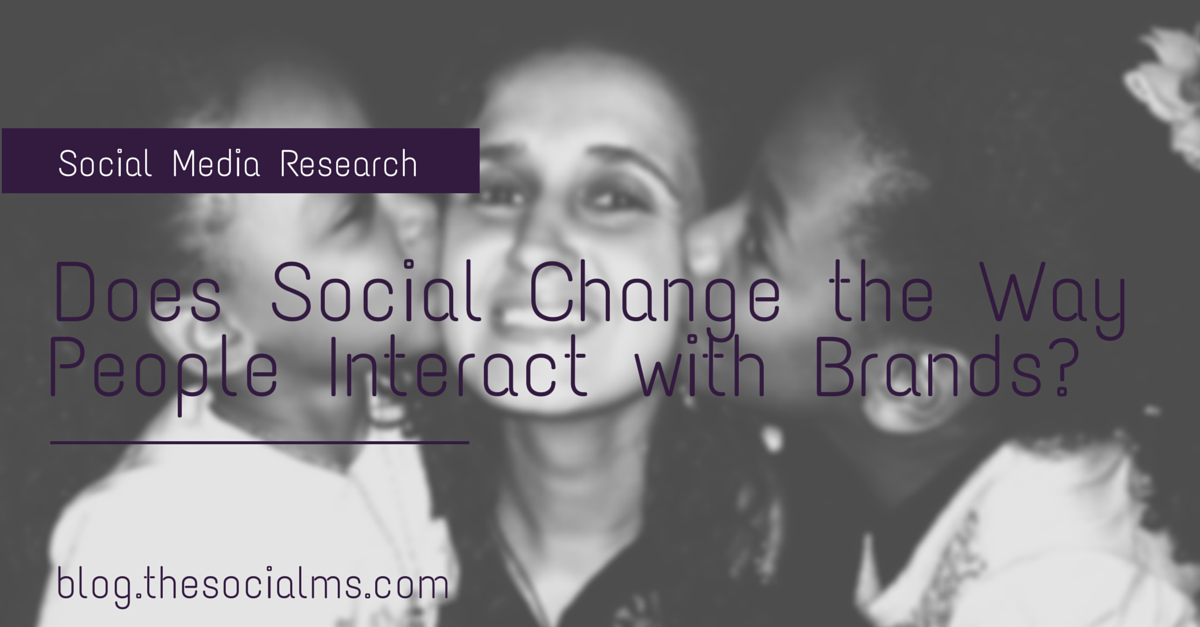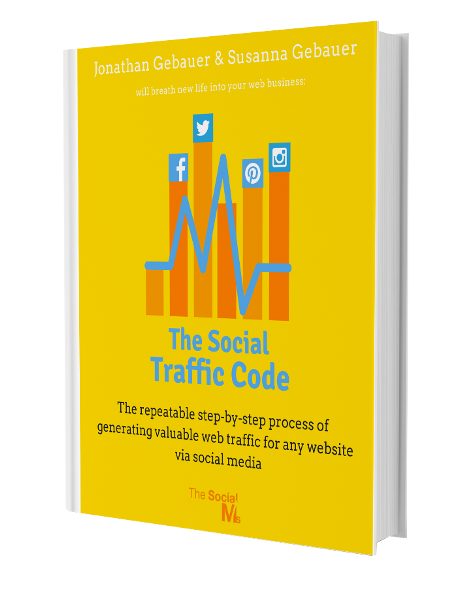Hubspot recently published a study on how Social Media changes the way people interact with brands. I am not the first one to respond to this study. Jay Baer wrote about how “New Social Media Research Uncovers the Big Problem for Businesses“.
I have to admit, I am rather surprised about how insignificant the „changes“ through Social Media seem compared to my life before Social Media. And although Jay Baer is right the study uncovers problems that brands have on Social Media – these are NOT problems they have exclusively on Social Media.
These are problems brands have and always had when it came to interacting with people or even customers.
Before you read on - we have various resources that show you exactly how to use social networks to gain massive traffic and leads. For instance, check out the following:
FREE Step-by-Step Twitter Marketing GuideFREE Pinterest Marketing Ebook
In my opinion most of these problems existed before social and simply carried over into the new landscape. The only things that REALLY changed is the medium people use for interacting with each other (and with brands) and the fact that Social Media makes interaction so much easier (even for brands).
But in a social media age these problems become much more visible than before (one example being the currently debated Social Media Research by Hubspot) – and it is sad that so many brands are still missing out even in our digital age.
Let us take a closer look at the new Social Media Research by Hubspot
(Images taken from Hubspot’s Social Media Research on SlideShare)
Take a look at the stats in the following image: As a heavy Twitter user I love this stat, especially since in Germany the Twitter adoption of brands and the Twitter usage is still somewhat in Kindergarten stages.

Fact is: It is not only via Facebook that people want to be able to connect to brands. Other networks are very important as well – especially Twitter. It rather surprised me to see LinkedIn as a business platform losing to most of the other networks, but this agrees with me: I don’t connect to brands on LinkedIn.
What I would find very interesting would be to break this down further. My expectation of brands on the networks differs vastly – for myself it works the following way: If I want to connect to (or interact with) a brand I use Twitter or Facebook. For getting information I use Pinterest, Youtube, and Slideshare. I am not heavy on Instagram, maybe I should spend some time there.
This is in line with the next findings of Hubspot’s study: People expect brands to be on more than one network, but they do not necessarily follow the brands on all networks. For me that has a simple answer: Not all brands I like provide useful and interesting information on all these networks – why should I follow them? Still, I want to have the option to get in touch if I need to.
Does this come as a surprise to you? Not really!
Hey, before you read on - we have in various FREE in-depth guides on similar topics that you can download. For this post, check out:
FREE workbook: CREATE AWESOME BLOG POSTSFREE Beginner's Guide: START A BLOG
We did not all subscribe to promotional Mailings or regular product updates via phone before the era of social media – or did you? But we still expected brands to have a customer service and offer us a point of contact. Why is it surprising then that people do not follow brands but still want to be able to connect?
The next one is for all the hypocrites who pretend that Social Media is not about sales:
The truth is, Social Media is not necessarily about selling, but it will strongly influence your results with sales if done right. I wrote an article on the relationship between “Sales” and “Brands” – happy to see some stats to proof my point.
Interestingly, social media is by far not the source of the most and most annoying sales messages in peoples perception:
There is a good reason for this:
Email is the clear winner here. Now you know why all Social Marketers and Bloggers are so keen on collecting Email-Addresses: Because it works. (No, not talking spam here.) But your blog and your Social Media activities are a great way of collecting email addresses of potential customers. The “Sale” might not take place in Social Media, but Social Media can have a huge impact on your results.
Another secret is being revealed here: To sell on Social Media you need a totally different “sales” technique. Social Media is not cold calling. It is rarely a one-on-one sales conversation. In Social Media, we are looking for information and entertainment, not sales pitches. To get people to buy your products as a result of your Social Media activity, you need to take a different route: Keep up the conversation, provide a constant stream of useful information. When you succeed with this, you have a huge advantage: While the study tells us that usually a maximum of two sales contacts is accepted, with Social Media your points of contacts can be limitless – if your content/information is interesting enough.
Last but not least: Customer service
Hubspot’s Social Media research also takes a look at customer service, stating that people still prefer email or phone to Social Media to file complaints, because they do not trust in getting a reaction via Social Media.
I totally see the point: Personally I still prefer the phone for complaints, because I can have a instant reaction. People expect a quick response whether via Social Media or another channel:
People who know me, are familiar with my Love-Hate-Relationship with customer service: From my experience, call centers are obviously not there to help me! They hang up on me; they refuse help; they complain that I do not understand their rotten German; they simply are awful. I know the people on the phone are not responsible for the problem in the first place, but they are my only chance to get a solution: And more often than not they refuse to help.
(It does not get better with email: Jonathan wrote an article about the worst customer support via Email).
In Social Media the issue might have a different face, but it is still the same problem: If the Social Media manager does not have a solution, he simply does not react. Ignoring an unhappy customer seems so much easier on Social Media – but if brands are unlucky the impact might be a storm that gets out of hand.
Learn to use social media to drive (free) traffic to your blog or website. Check out our ebook “The Social Traffic Code!”
Brands are missing out not only in Social Media – only on Social Media anyone can see their failure
Taking brand’s failure public might be an eye-opener.
Living in the country where a dangerously large portion of (business) people still seem to believe that Social Media is going to go away if we simply wait long enough, I doubt that this will happen soon.






